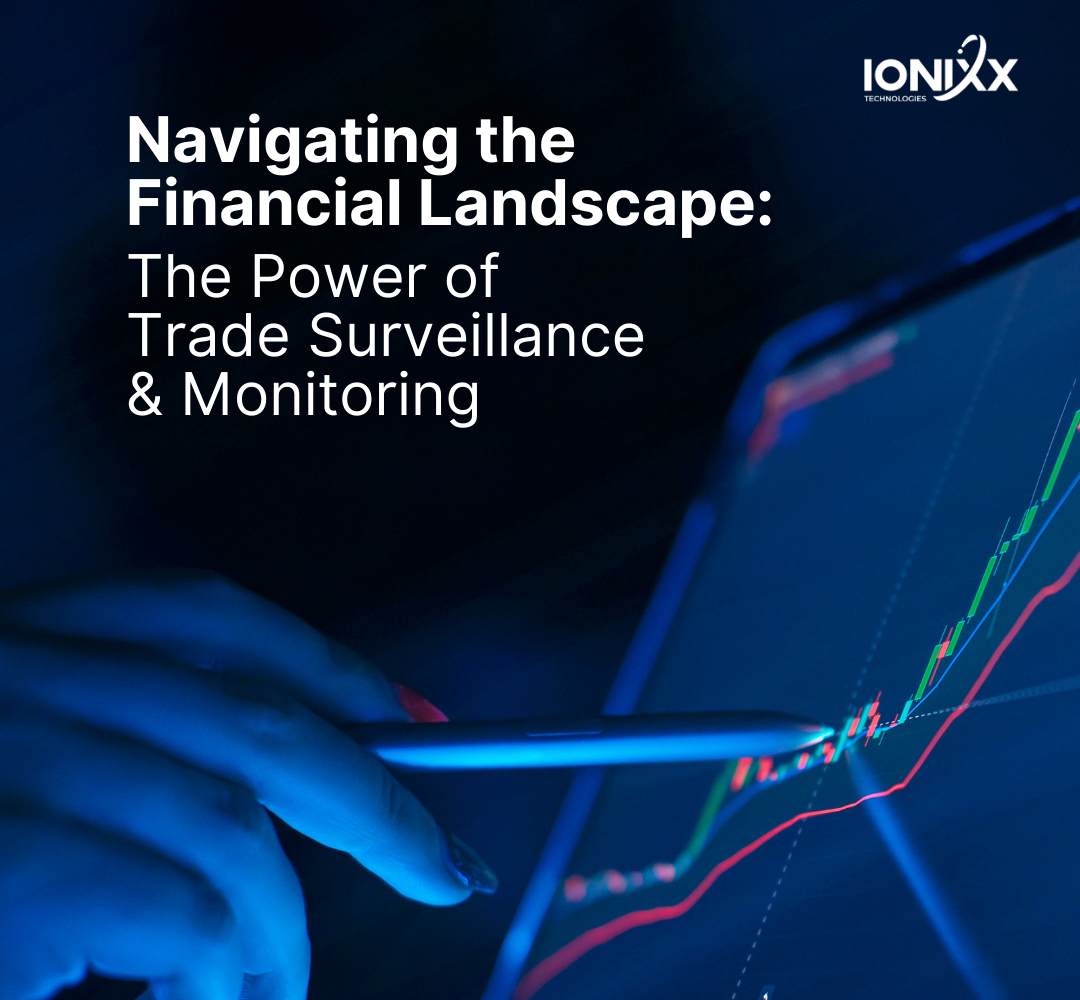The failure of the investment banking giant, Lehman Brothers in 2018, has been a watershed event in highlighting the systemic risks associated with counterparty defaults in security transactions. A comprehensive framework for risk management within the post-trade solutions industry is therefore crucial to safeguarding the integrity of financial markets.
Here are a few Risk components that all broker-dealers need to monitor.
9 Key Components of Risk Management
1. Ensuring Counterparty Risk Management
Counterparty risk, or credit risk, involves the likelihood that the other party in a trade may default on their obligations. This involves ensuring that securities and cash are exchanged accurately and efficiently. Effective management of this type of post-trade solution risk includes conducting thorough credit assessments, setting credit limits, and continuous monitoring of counterparties’ creditworthiness.
2. Mitigating Settlement Risk
Settlement risk arises when there is a delay or failure in the delivery of securities or payment. To mitigate this risk, it’s important to have robust settlement procedures, including real-time tracking, automated confirmation processes, and efficient dispute resolution mechanisms.
3. Controlling Operational Risks
In 2022 Knight Capital faced a software glitch that resulted in a loss of $440 million in just 45 minutes. This shows the importance of mitigating operational risks.
Operational risk in post-trade solutions stems from system failures, human errors, or process inefficiencies. Implementing automated systems for trade processing, reconciliation, and reporting can significantly reduce this risk. Regular audits and continuous process improvement further aid in risk mitigation.
4. Managing Market Risk
Market risk involves the potential loss due to market fluctuations affecting the value of securities post-trade. This can be managed through hedging strategies, diversification, and setting appropriate risk limits based on market volatility assessments. Effective market risk management is essential. In 2010 “Flash Crash” happened where the Dow Jones Industrial Average plunged about 1,000 points in minutes, highlighting the importance of managing market volatility.

5. Ensuring Liquidity Risk Management
Liquidity risk is the risk that a firm will not be able to meet its financial obligations as they fall due. Effective liquidity management includes maintaining sufficient liquid assets, monitoring cash flow projections, and accessing reliable funding sources. The 2007-2008 financial crisis, which was partly triggered by a liquidity shortfall in the U.S. housing market, showcases the critical nature of liquidity risk management
6. Complying with Legal and Regulatory Expectations
Staying compliant with legal and regulatory requirements is a critical aspect of post-trade solution risk management. This involves keeping abreast of changes in regulations, ensuring accurate reporting, and implementing policies to prevent violations such as insider trading or market manipulation. The evolving regulatory landscape post the 2008 financial crisis, with regulations like the Dodd-Frank Act in the U.S., underscores the importance of prompt legal risk management.
7. Investing in Robust Technology and Cybersecurity Systems
Today an era where technology underpins all trading systems, cybersecurity can become a serious concern. Protecting post-trade systems from cyber threats requires robust security protocols, regular system updates, and employee training on cybersecurity best practices.
8. Investing in Post-trade Data Analytics
Effective data management and analytics play a significant role in risk management. This involves collecting, validating, and analyzing data to identify potential risks, trends, and anomalies. Advanced analytics can provide insights for better decision-making and risk mitigation strategies.
9. Preparing for Disaster Recovery And Business Continuity
Preparing for unforeseen events like system failures or natural disasters is essential. This involves having a well-designed disaster recovery plan and business continuity strategy to ensure minimal disruption and quick recovery of post-trade operations.
Factors that impact risk management in Capital Markets
Capital markets and trading operations vary significantly among financial institutions, depending on the factors such as
- Size of the trading operation,
- Trading and management expertise,
- Organizational structures,
- The sophistication of technology architecture,
- Past problems, losses and risks,
- Robustness of the trading products and activities.
As a result, the risk management practices, policies, and procedures expected in one firm may not be necessary in another.
Conclusion
Risk management in post-trade solutions is a multifaceted and ongoing process. By addressing these key components, firms can significantly reduce their risk exposure and ensure a stable, compliant, and efficient post-trade environment. The adoption and enhancement of risk management strategies will be crucial for long-term success and stability in the financial markets. Inherent embedding of the above-mentioned risk management components in post-trade infrastructure is crucial because the post-trade process is fundamental to the integrity and smooth functioning of financial markets.
Failures in this area can lead to systemic risks, financial losses, reduced investor confidence, and regulatory penalties. The interconnectivity of financial institutions means that the failure of one entity can have a ripple effect throughout the industry, as seen in past financial crises.
Hence, a robust risk management framework is not just a regulatory requirement but also a business imperative to maintain market stability and investor trust. Ionixx empowers broker-dealers to streamline their operations, reducing manual work for efficient post-trade execution through high automation in every process. Contact us to learn how our post-trade risk automation solutions can create a more secure trading environment for your clients.


